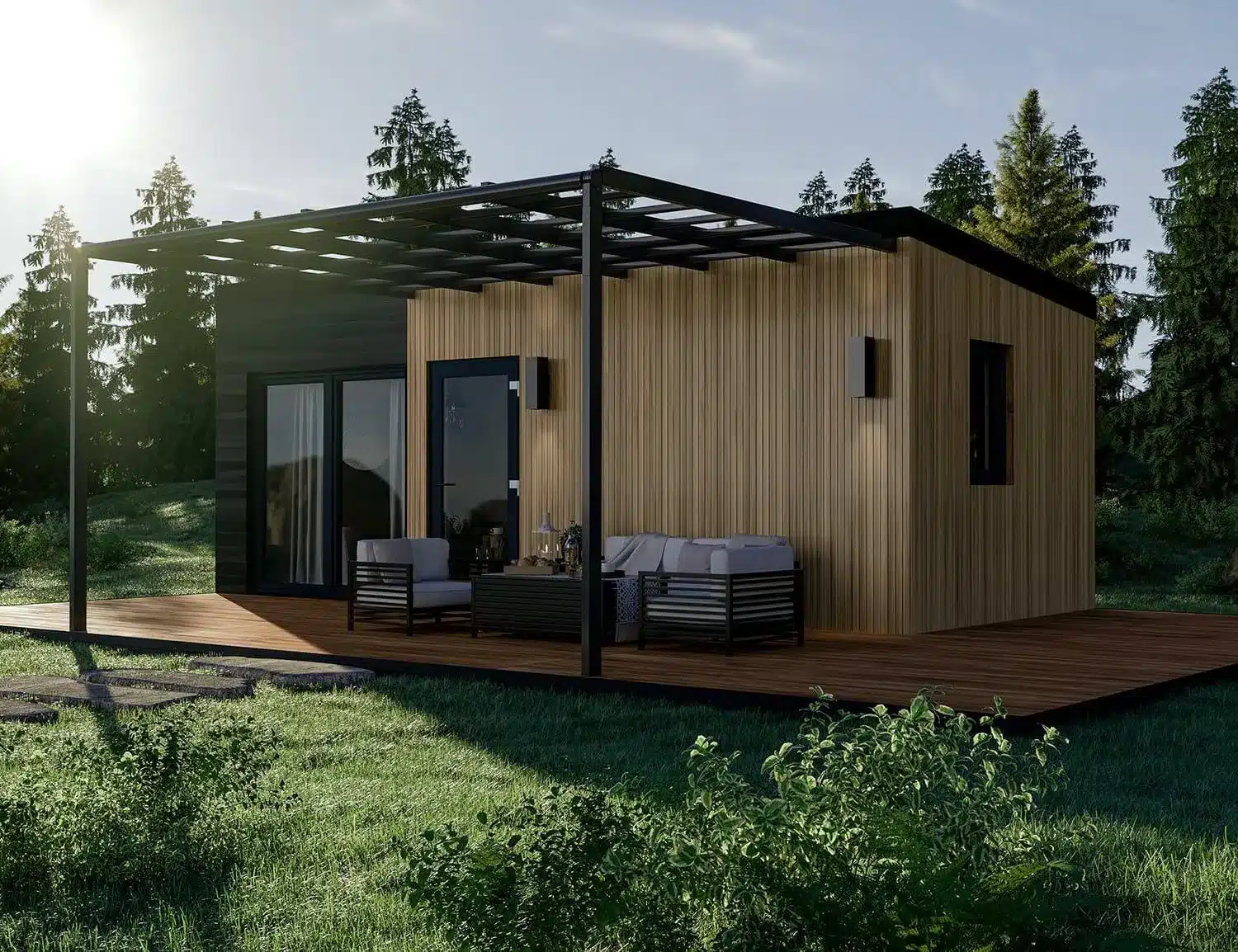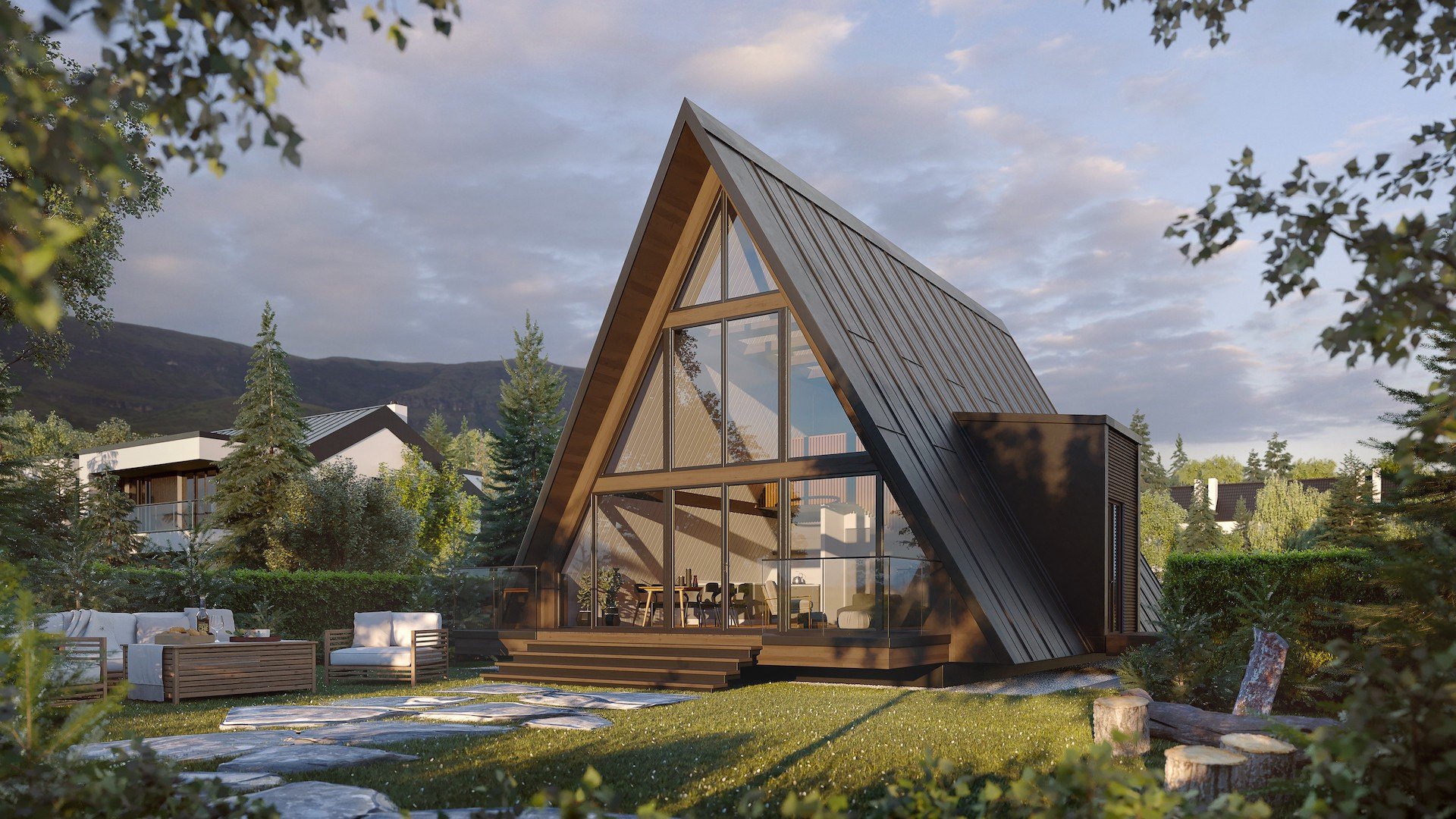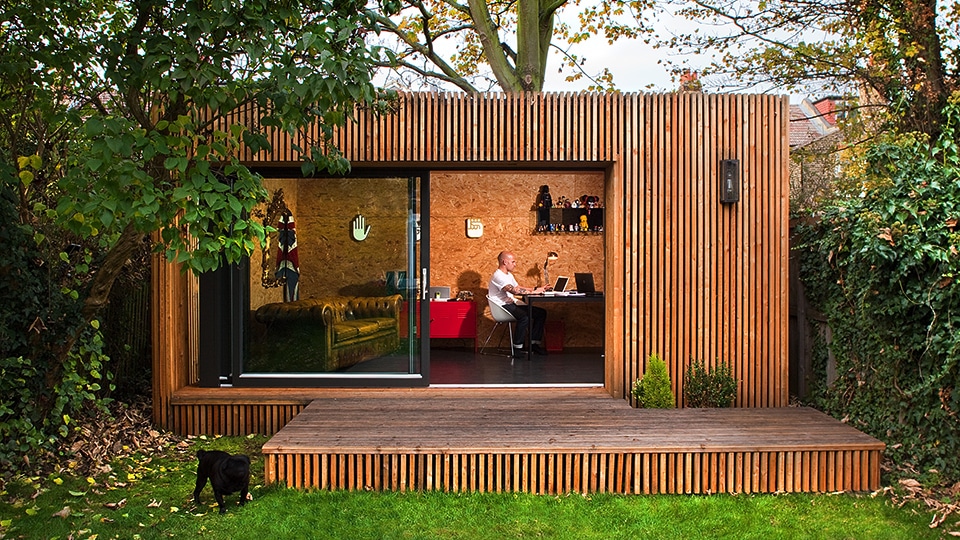Prefabricated homes are becoming increasingly popular, owing to the many advantages over conventional building techniques. But how can you be sure a prefabricated house is long-lasting? Here are some pointers for assessing the sustainability of a prefabricated home.
What are the benefits of prefabricated homes?
Prefabricated homes offer many benefits over traditional construction methods. They are often more affordable, faster to construct, and more sustainable.
One of the biggest benefits of prefabricated homes is that they are often more affordable than traditional homes. This is because the factory-made components are assembled on-site, which eliminates the need for costly on-site construction.
Prefabricated homes are also generally faster to construct than traditional homes. This is because the components are manufactured in a controlled environment, which reduces the risk of weather delays.
Finally, prefabricated homes are often more sustainable than traditional homes. This is because they often use less energy and water, and generate less waste.
What are the different types of prefabricated homes?
There are two main types of prefabricated homes: modular and manufactured. Modular homes are built in sections called modules, which are then transported to the construction site and assembled. Manufactured homes are built entirely in a factory and
How can you be sure that a prefabricated home is sustainable?
When evaluating the sustainability of a prefabricated home, you should consider both the environmental and social impacts of the construction process. Some factors to consider include:
- The use of recycled materials in the construction process
- The use of energy efficient technologies in the construction process
- The distance the home will have to be transported
Are there any drawbacks to prefabricated homes?
One drawback is that prefabricated homes often use more energy than traditional homes in their construction. This is because the components need to be transported to the construction site, which requires energy.
Another drawback is that prefabricated homes can sometimes be less durable than traditional homes. This is because they are often made with lighter-weight materials, which can be damaged more easily.
How can you make sure that your prefabricated home is sustainable?
There are a few things you can do to make sure that your prefabricated home is sustainable:
- Buy from a reputable company that specializes in sustainable prefabricated homes
- Make sure that the company you buy from uses recycled materials and energy-efficient technologies in their construction process
- Ask the company you buy from how far the home will have to be transported, and try to choose a home that is not too far away
Prefabricated homes offer many benefits over traditional construction methods, but there are some things you should consider before purchasing one. By following the tips above, you can be sure that your prefabricated home is truly sustainable.




